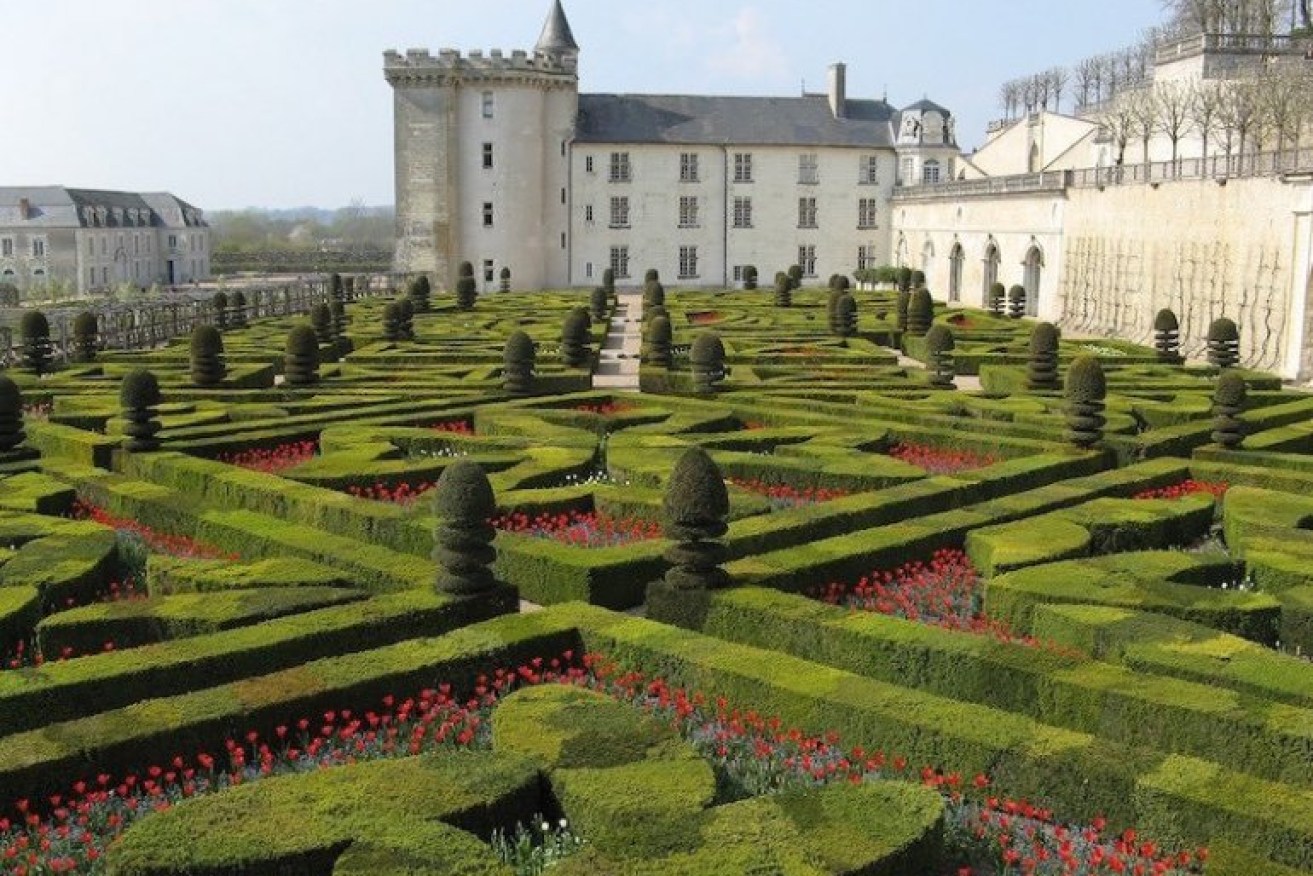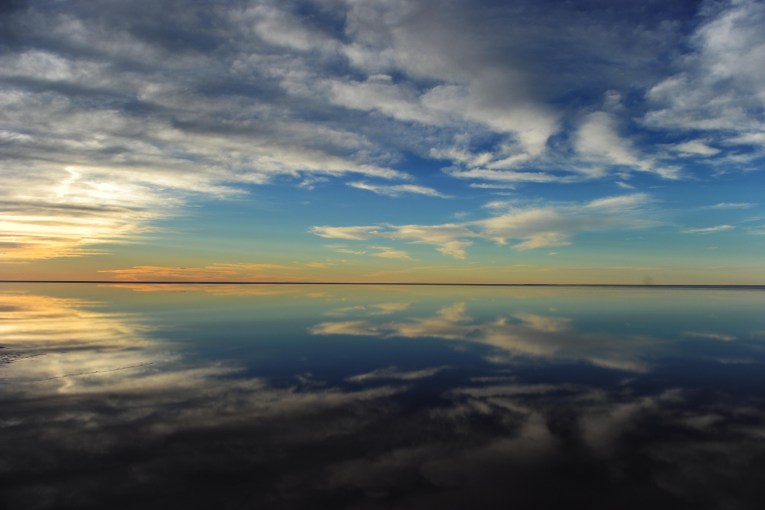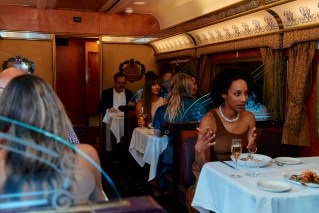Behold a French masterpiece of the great outdoors
Touring France’s sumptuous Loire Valley is a journey through the decadence of the Renaissance.

Chateau de Villandry. (Photo: WellTravelled.Media)
Incredible chateaux lavishly outfitted with artworks by the masters, intricate tapestries and garishly ornate furniture, gold, silver and lace … these perfectly restored and expertly curated exhibitions of hedonism are wonderful to experience first-hand.
And the excesses of The Age of Enlightenment were not only about indoor environments. The beauty of nature was also celebrated with a new manicured symmetry.
The gorgeous grounds of many of the grand castles of the valley are still intact and open to the public.
For standout beauty and artful precision, it’s hard to go past the gardens of Chateau Villandry – the last of the bold structures built in the Loire and only 15km west of Tours.
Overlooking the River Cher, the stunning patterns of this ever-changing masterpiece of horticulture are like nothing else.
Three terraces of plantings showcase very different styles with the kitchen garden, of all things, among the most beautiful.
Spread across one-hectare with nine separate sections, the beds are planted in a chequerboard arrangement interweaving vegetables and fruits with flowers – you’ve never seen edible displays like this.
The kitchen garden is a legacy of the First World War when it was planted to nourish the patients of the makeshift hospital that occupied the estate.
The gardens are replanted twice every year with autumn being the best season to view the most colourful displays.
The water garden lies on the uppermost terrace and its ponds and mini-canals gravity-feed the tiers below. It is a place of respite and tranquillity with a range of water features and fountains providing a gentle, blissful soundtrack to the entire garden. It is more open and expansive than the other sections of the layout with a huge pond, citrus trees and grass-covered sitting areas providing a restful viewpoint of the chateau.
Undoubtedly the most photographed section of this wonderful estate is the ornamental, or “pleasure” garden, where allegorical displays of four types of love – tender, passionate, tragic and fickle – are sculpted in incredible detail to the point they almost look like pre-fabricated structures.
Plantings that mimic butterflies and fans, hearts and clovers fill row after row of delightful displays. The precision of the topiary is simply stunning.
From “love”, you’ll pass a small canal in the pleasure garden to “music” where boxwood hedges and flowerbeds of musical symbols feature in equally staggering detail.
About 400,000 visitors a year stroll through the estate which lies on the site of a fort built in about 1100AD and was later dismantled – notwithstanding the tower that remains – to make way for what became “Villandry” that was completed in 1536.
The chateau was originally owned by the French Minister of Finances, Jean le Breton, who later became Ambassador to Italy where he studied the Renaissance gardens he would later emulate at his own home.
Through the ages, the gardens were expanded but ultimately fell into neglect.
The sale of the castle to Spaniard Dr Joachim Carvallo in 1906 ultimately saved the property from demolition. Dr Carvallo devoted the rest of his life to its restoration and the rejuvenation of the gardens that are so enjoyed today.
The gardens were opened to the public in 1934 and visitors can now also tour the interior of the chateau which has also been styled in Renaissance splendour.
– WellTravelled.Network












